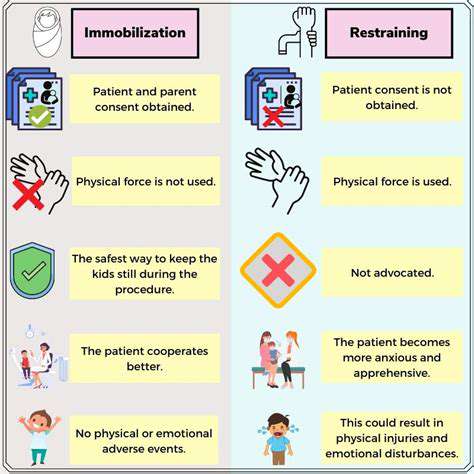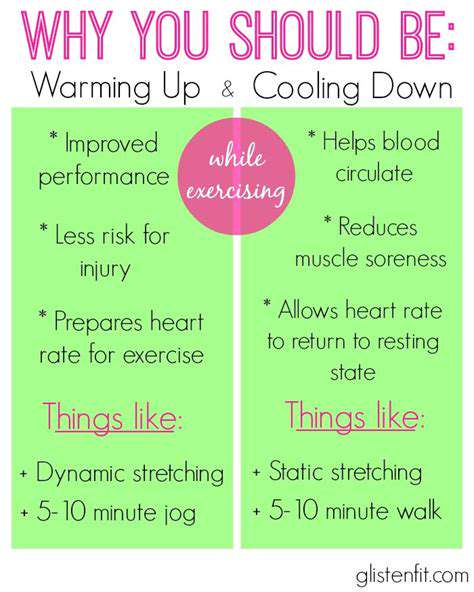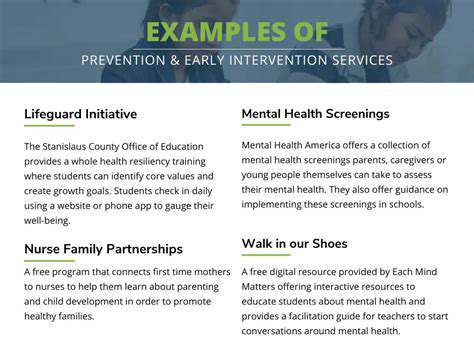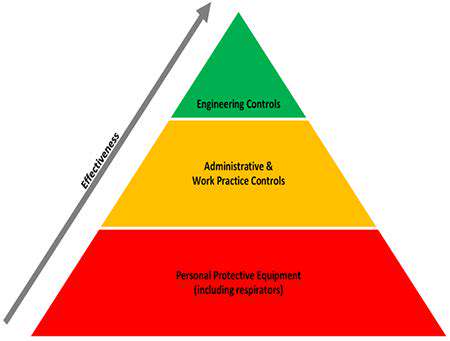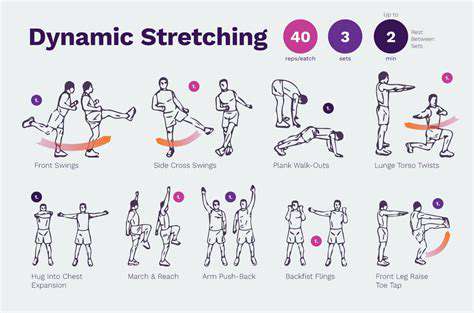Workouts Designed to Boost Wrist Stability
Hobbies and professions requiring fine motor skills - from knitting to surgery - demand exceptional wrist control. Even recreational activities like gardening or playing video games benefit from stable wrists that can maintain positions for extended periods without fatigue or discomfort.
Common Wrist Injuries and Their Prevention
The modern world presents countless opportunities for wrist strain: endless typing, smartphone scrolling, and repetitive tool use. These habits frequently lead to conditions like carpal tunnel syndrome, tendon inflammation, or chronic overuse injuries. Proactive stability training serves as your first defense, strengthening the wrist's support system before problems emerge. It's far easier to prevent these issues than reverse them after they develop.
Essential Muscles for Wrist Stability
Effective training requires understanding your wrist's muscular architecture. The flexor and extensor groups control forward and backward motions, while smaller intrinsic muscles handle rotational movements and fine adjustments. Neglecting any of these components creates imbalances that compromise overall stability. A comprehensive program addresses all muscle groups through varied exercises that challenge the wrist from multiple angles.
Effective Exercise Strategies for Wrist Stability
Building wrist stability isn't about brute strength - it's about intelligent progression. Start with basic motions using minimal resistance, focusing on perfect form. As your control improves, gradually introduce new challenges through increased repetitions, added resistance, or more complex movement patterns. Quality always trumps quantity when training these delicate joints. Rushing the process often leads to setbacks rather than progress.
The most successful programs incorporate variety, alternating between flexion, extension, rotation, and combined movements. This approach ensures balanced development while keeping workouts engaging. Remember to listen to your body's feedback - mild muscle fatigue signals effective work, while sharp pain warns of potential overexertion.
Warm-up and Cool-down Routines
Never underestimate preparation and recovery. A proper warm-up might include gentle wrist circles, finger stretches, and light compression movements to increase blood flow. Think of this as waking up your wrists rather than testing their limits. Post-workout, dedicate time to relaxing stretches that release tension and promote circulation. These bookend routines significantly reduce next-day soreness while improving long-term flexibility gains.
Monitoring Progress and Adjusting Your Routine
Tracking improvements helps maintain motivation and guides necessary adjustments. Note increases in comfortable range of motion, endurance during sustained positions, or ability to handle heavier objects. Progress often comes in subtle increments - perhaps typing becomes less fatiguing or jar opening requires less effort. Celebrate these small victories as they indicate your stability foundation is strengthening.
Essential Wrist Strengthening Exercises
Warm-up Exercises for Wrist Strengthening
Preparing your wrists for exercise is like tuning an instrument before playing - it ensures optimal performance and prevents damage. Begin with gentle, fluid motions: imagine drawing small circles with your fingertips while keeping your forearm stable. Gradually expand these circles as your joints loosen. Follow with alternating wrist flexions and extensions, moving slowly through the full comfortable range. This controlled awakening of the joints prepares them for more demanding work while allowing you to assess any areas needing special attention.
For deeper preparation, try the prayer stretch - press your palms together at chest height, then slowly lower your hands while keeping contact, feeling the stretch along your forearms. Hold for 15-20 seconds, then reverse into the reverse prayer position (backs of hands together). These opposing stretches create balanced readiness for the workout ahead.
Wrist Flexion and Extension
These fundamental movements build the primary muscles controlling your wrist's up-and-down motions. For flexion, rest your forearm on a table with your hand hanging off the edge, palm up. Holding a light weight (or water bottle), slowly curl your hand upward, then control its return. The magic happens in the lowering phase - resist gravity's pull to maximize muscle engagement. Reverse your grip for extensions, strengthening the opposing muscle group. Start with 2-3 sets of 8-10 repetitions, focusing on smooth, deliberate motions rather than speed or weight.
Wrist Radial and Ulnar Deviation
These sideways motions target often-neglected stabilizer muscles. Begin with your forearm supported and thumb pointing upward. For radial deviation, tilt your hand toward your thumb side as if trying to touch your forearm with your thumb. Ulnar deviation moves toward the pinky side. These subtle movements yield significant stability benefits, especially for activities requiring side-to-side wrist motions like racket sports or drumming. Use minimal weight initially - even just your hand's resistance provides ample challenge when starting.
Wrist Circles and Figure-Eights
Elevate your warm-up circles into strength-building exercises by adding light resistance. Imagine tracing perfect circles with a weight in your hand, maintaining constant tension throughout. Progress to figure-eight patterns, which challenge your wrist to transition smoothly between directions. These compound movements enhance neuromuscular coordination, teaching your muscles to work together seamlessly. They're particularly beneficial for musicians, artists, or anyone requiring precise, fluid wrist motions in their craft.
Resistance Band Wrist Curls
Bands provide adaptable resistance that increases through the movement range. Anchor a band under your foot or to a sturdy object, then perform curls and extensions against its pull. The variable resistance matches your natural strength curve - lighter at the movement's start, increasing as you progress. This makes bands excellent for both beginners and advanced trainees. Experiment with different grip positions (palms up, down, or sideways) to target various muscle fibers.
Wrist Strengthening with Light Weights
When progressing to weights, think light and controlled rather than heavy. As a test, if you can't pause mid-movement for 2-3 seconds without shaking, the weight is too heavy. Proper form preserves joints while building strength. Try farmer's carries - walking while holding weights at your sides - to build functional stability that transfers to real-world tasks. For advanced variation, rotate the weights during the carry to challenge your grip and wrist in multiple planes.
Cool-down and Stretching
Post-workout, gently stretch each major wrist direction. For flexors, extend your arm with palm up and gently pull back fingers with your other hand. Reverse for extensor stretches. Include rotational stretches by gently twisting your wrist in both directions. These stretches maintain flexibility as your strength increases, preventing the tightness that can lead to imbalance. Finish with light self-massage using your opposite thumb to work along forearm muscles, promoting recovery.
Incorporating Resistance for Enhanced Results
Resistance Training for Wrist Strength
Strategic resistance application transforms basic movements into powerful stability builders. The progression path might begin with bodyweight exercises, advance to resistance bands, then incorporate dumbbells or specialized tools like gyroscopic balls. Each resistance type offers unique benefits: bands provide accommodating resistance, free weights build raw strength, and gyroscopic devices enhance rotational control. Tailor your choices to your specific needs - office workers might prioritize endurance with lighter, sustained holds, while climbers may focus on grip-intensive weighted exercises.
Wrist Strengthening Exercises
Beyond basic curls, consider functional integration exercises. For instance, practice pouring motions with a weighted bottle or simulate hammering movements. These real-world patterns build stability that transfers directly to daily activities. Try wrist walks up a wall - start close to a wall with fingertips touching it at waist height, then walk your fingers upward while maintaining contact, engaging your wrists throughout. This develops control through multiple planes of motion.
Importance of Proper Form
Form errors in wrist training often manifest as excessive forearm or shoulder compensation. To check yourself, video a set or observe in a mirror - your forearm should remain still while only your wrist moves. Common mistakes include rushing repetitions, using momentum instead of muscle control, or allowing the working hand to assist the exercised one during bilateral movements. If you can't maintain strict form, reduce resistance until you can.
Progressive Overload for Maximum Gains
Progress comes through smart challenges, not just added weight. Before increasing resistance, master current exercises at higher repetitions (12-15 reps with perfect form). Then explore advanced variations - perform curls with your forearm unsupported, or add rotational elements to traditional movements. Time under tension techniques, like slowing the eccentric (lowering) phase or adding mid-range pauses, intensify workouts without heavier weights. These methods build tendon strength alongside muscular development.
Variety in Workouts for Holistic Development
Rotate through different exercise categories weekly. Dedicate some sessions to endurance (lighter weights, higher reps), others to strength (heavier resistance, lower reps), and include coordination-focused days with balance challenges or unstable surfaces. This periodization prevents plateaus while addressing all aspects of wrist fitness. For example, alternate between traditional strength training and active recovery days featuring mobility drills and light resistance band work.
Rest and Recovery for Optimal Results
Wrist muscles and connective tissues require 48-72 hours between intense sessions for proper adaptation. Signs you need more recovery include persistent soreness, decreased grip strength, or joint stiffness. Active recovery techniques like contrast baths (alternating warm and cool water immersion) or gentle massage can enhance circulation and speed recovery. Remember, strength builds during rest, not just workouts.
Integration into Daily Activities
Look for natural opportunities to reinforce wrist stability throughout your day. Carry grocery bags with an intentional focus on wrist positioning. When typing, periodically check that your wrists aren't collapsed. These micro-workouts accumulate significant benefits without requiring extra gym time. Even smartphone use can become training - hold your phone with your wrist in neutral position rather than letting it droop forward.
Important Considerations and Safety Tips
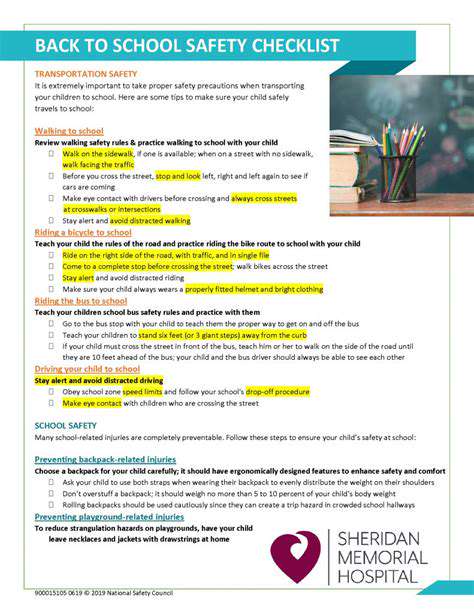
Pre-Trip Planning and Preparation
Thoughtful preparation separates successful training from potential setbacks. Before beginning any wrist program, assess your baseline capabilities through simple tests: how long can you hold a light weight with your wrist extended? How many pain-free repetitions of basic movements can you perform? This self-assessment creates your personal starting point and helps track progress objectively. Document any pre-existing conditions or past injuries that might require modified exercises.
Equipment choices significantly impact safety. Select weights that allow full range of motion without strain. Consider wrist wraps for support during heavier exercises, but don't become dependent on them - the goal is building natural stability. A simple exercise journal helps maintain consistency while preventing overexertion.
Emergency Preparedness
Recognize warning signs that require immediate cessation of exercise: sharp pain (distinct from muscle fatigue), clicking/popping sensations accompanied by discomfort, or sudden weakness. Have a contingency plan for flare-ups, whether it's ice packs, compression sleeves, or knowing when to seek professional evaluation. Keep basic first-aid items accessible, including elastic bandages for potential sprains and anti-inflammatory gel for minor strains.
Environmental Awareness
Your workout environment affects wrist training safety. Ensure adequate space for unimpeded movements, proper lighting to observe form, and stable surfaces for equipment placement. Temperature matters more than you might think - cold environments increase injury risk, so consider warming up longer or using heat packs in chilly spaces. Conversely, hot conditions may require more frequent hydration breaks to maintain tendon suppleness.
Safety in Specific Activities
Activity-specific training requires targeted precautions. Gamers might focus on endurance and rapid direction changes, while weightlifters prioritize heavy load stability. Tailor your program to your primary wrist demands, but include some general conditioning to prevent overuse injuries. For computer workers, hourly micro-breaks for wrist circles and stretches prove more effective than marathon sessions followed by long rest periods.
Respecting Local Customs and Laws
In gym settings, observe equipment etiquette - don't monopolize weights needed for wrist exercises, wipe down equipment after use, and respect personal space. If training in public spaces, be mindful of others when performing exercises that involve swinging motions or resistance bands. Home trainers should secure adequate space free from trip hazards and ensure proper flooring to cushion potential drops.
Personal Safety Measures
Protective strategies extend beyond the workout itself. Maintain overall hand health by keeping nails trimmed to avoid pressure on fingertips during exercises. Remove rings that might constrict swelling. Stay alert to early warning signs like unusual fatigue patterns or asymmetrical strength development between wrists. These often indicate needed adjustments before problems escalate. Regular self-checks - comparing left/right wrist capabilities monthly - help identify imbalances early.
